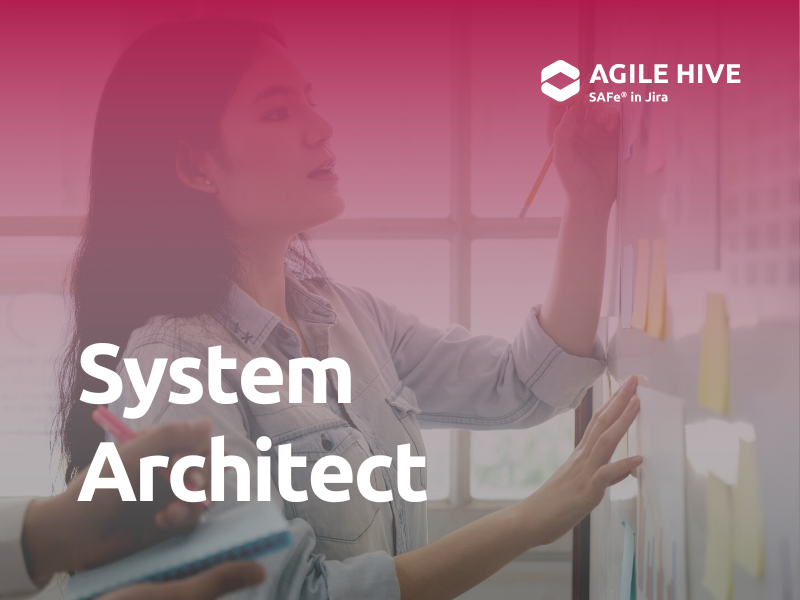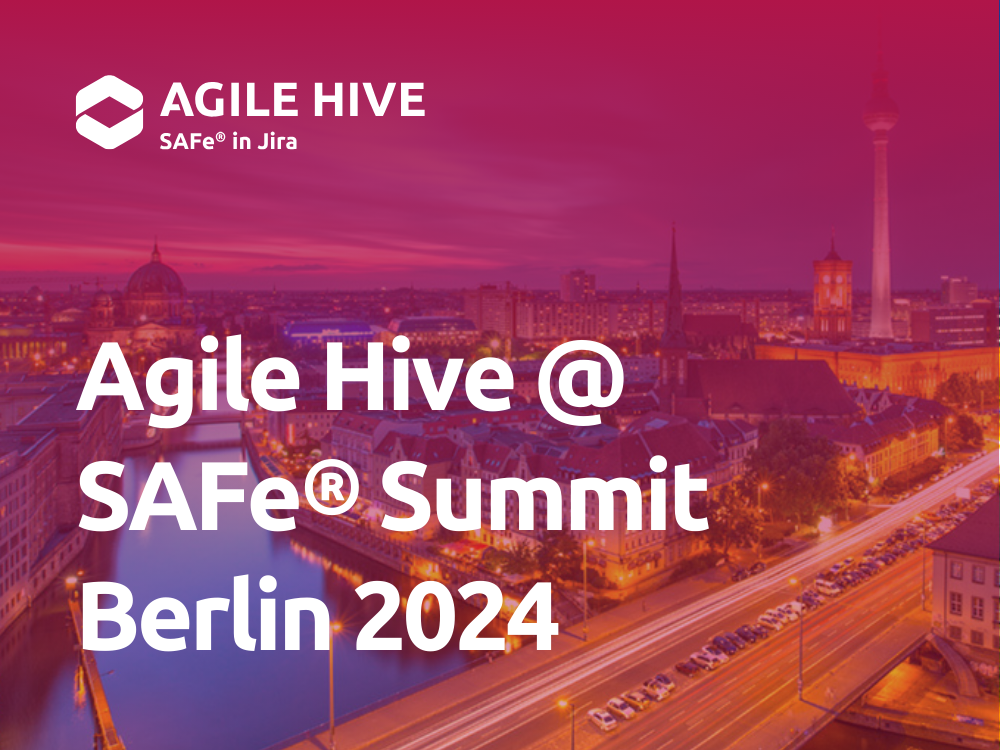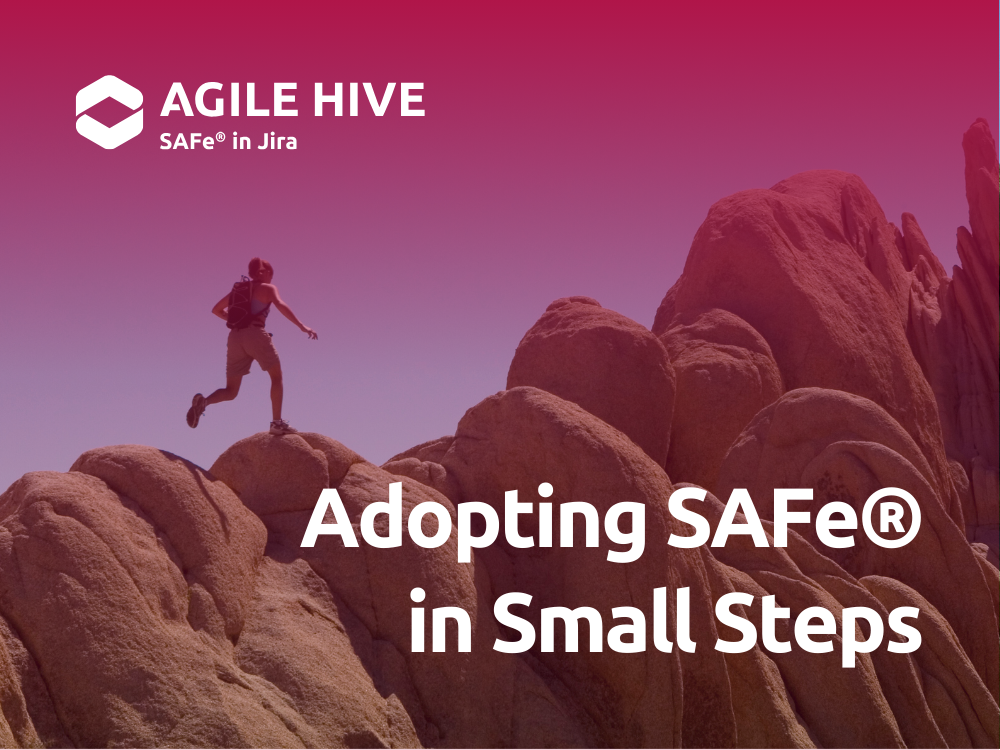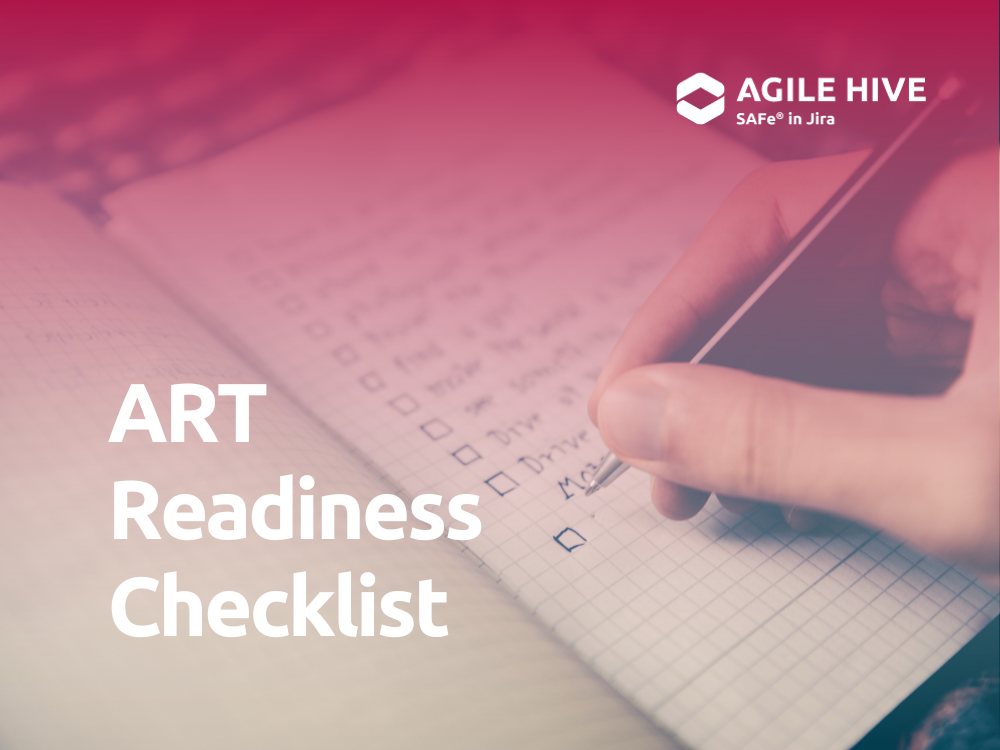NOTE: This article was a collaborative content effort between the teams at Agile Hive and Structure by Tempo
First Things First – Let’s Talk SAFe®
Way back in 2011, Dean Leffingwell and Drew Jemilo developed a methodology that differed from the project management practices of the day. The speed of change in market conditions and competition across many industries had far outpaced the capacity of those existing practices to adapt. Thus, SAFe® was born!
SAFe® allows each organization its own implementation and configuration of the combined benefits of Agile, Lean, and DevOps frameworks. However, many companies struggle to implement it for a variety of reasons; leadership and staff are unwilling to transform existing behaviors and practices, concerns that SAFe® cannot be tailored and configured to their specific needs, and perceived lack of guidance or support.
Today, a basic search for “Agile” on the Atlassian Marketing place will yield over 260 results. Not each of those is a full-blown “agile at scale” solution for Jira, but it’s a crowded field nonetheless.
Bring Structure To Your SAFe® Implementation
Product Managers (PMs) in the SAFe® realm share a collective bond. They set the product strategy, work to prioritize myriads of features, and at the core of it, help their organizations truly understand what their customers want. In a world without SAFe®, large organizations could find it hard if not impossible to match the agility of smaller companies.
This is where we’d like to bring Structure by Tempo into the conversation, and more specifically how the folks at SIX have embraced it as part of their SAFe® workflow. Utilizing an easily recognizable spreadsheet-like format, Structure empowers users to visualize, track, and manage progress across Jira projects and teams, using adaptable, user-defined issue hierarchies.

A Look At How SIX Embraces Structure
The business unit Financial Information of the company SIX is a multinational financial information provider headquartered in Zurich, Switzerland. SIX provides high-quality data, from all over the world, delivered at the right time, in the right way. It offers added-value services from core reference data on securities, prices, corporate events, tax and regulatory data to indices and benchmarks. Currently, SIX has approximately 500 of the employees directly involved in five Agile Release Trains (ARTs) in a transformation that began almost seven years ago.
In the corresponding product development teams, the majority of their offerings are now developed under SAFe® principles. Their level of experience internally runs the gamut, with some teams still adapting to this approach, while others already achieving an expert-level experience and skillset. Practically nothing reaches their customers without having gone through success patterns in the SAFe® framework. Structure was actually already in use at SIX prior to the decision to implement SAFe®. Since then, it has been used primarily to build cross-team and cross-ARTs hierarchies, where teams can view all the features and stories, along with any relevant issue details for the next PI planning.

Next In The Quiver – Agile Hive
Agile Hive is often referred to as the “SAFe® in Jira Solution”, and for good reason. Built as an add-on to Jira rather than a standalone companion tool, Agile Hive is tightly integrated with Jira. Additionally, as a certified Scaled Agile Platform Partner since 2019, with Agile Hive users can always be certain they’re up to date with the latest SAFe® standards. Developed in close coordination with Germany’s leading SAFe® experts and early adopters KEGON, Agile Hive empowers an organization’s complete agile workflow, optimizing a SAFe® implementation with hierarchies, artifacts, processes, and reporting.
With a strong interaction between Jira and Confluence, Agile Hive enables automating work when possible and providing valuable references such as Epic Hypotheses, Lean Business Cases, or PI Planning checklists in order to make SAFe® happen without having to jump between several tools. To truly implement SAFe®, Planning Interval (PI) planning must be in place. This and other ART-level events serve as the basis for the Agile Release Train (ART), aligning teams on the vision and goals and the steps to get there. Agile Hive provides templates for Jira projects for all four SAFe® levels; Team, Agile Release Train, Solution, and Portfolio.
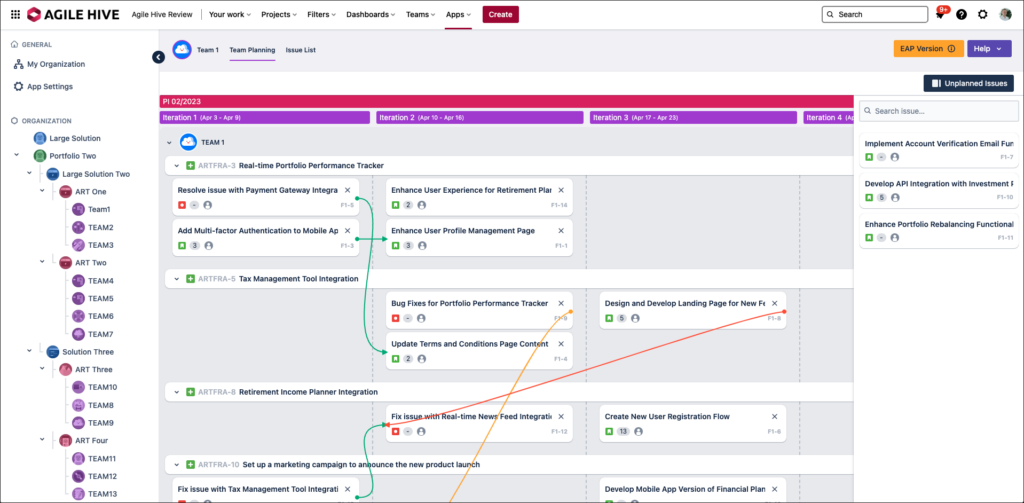
Specific to the implementation at SIX, one of, if not the core reason for integrating Agile Hive to their toolkit, was that it wasn’t just any tool that supported any agile method, it specifically supports SAFe®. Used primarily for PI planning and breakout boards, the overall impression from users has been that Agile Hive has a clean and clear UI, something other tools were lacking. Agile Hive was also instrumental to moving their large planning events online, across many locations.
Where The Real Magic Happens
For the responsible teams, Agile Hive has really made their SAFe® transformation journey become a reality and Structure has complemented the tooling nicely by offering custom-made views.
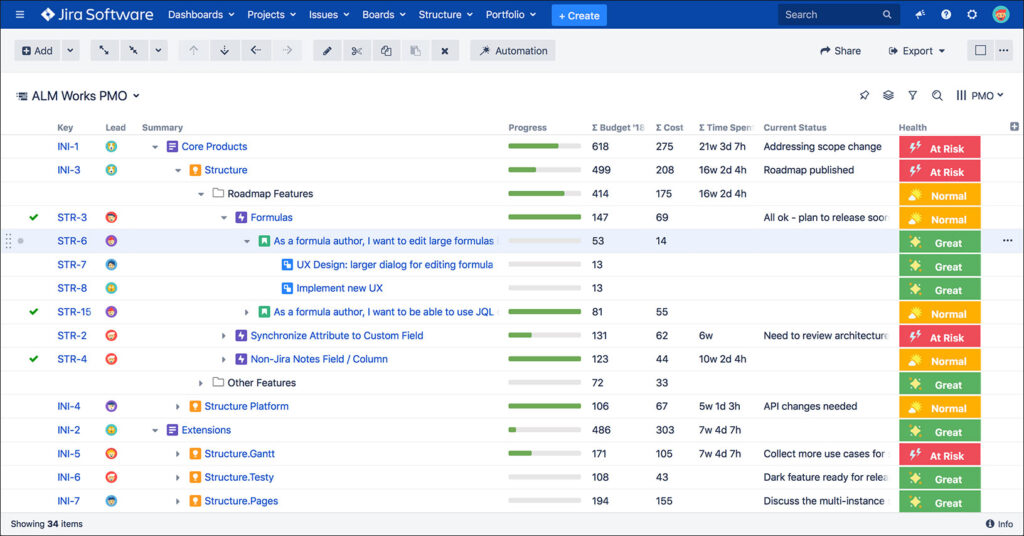
A shining example comes in the preparation for PI planning. The PI planning itself is done using Agile Hive, however, during the preparation, Structure is often used in advance to prepare various elements of data. For instance, Product Managers (PM) and Product Owners (PO) may want to prepare more detailed information specific for the PI planning, and Structure allows you to view issues across multiple projects, organized by fix version, sprints, or however you plan work, and you can aggregate issue data across your planning intervals. Structure includes built-in formulas–or you can create your own–to help prioritize work. Additionally, for reporting purposes, Structure has proven quite useful for the LACE (Lean Agile Center of Excellence) team, the group of individuals at an organization tasked with implementing the SAFe®, Lean-Agile framework.
The team at SIX does offer a few suggestions on getting the ball rolling in pairing Structure and Agile Hive in a SAFe® implementation. First, provide your teams with a clean, simple configuration and let them get started with that. They have created a template for new teams for Structure, and communicated to them, “here is your new Structure, start with this.” Even now after a few years, they have found this approach to be useful. Second, configure Agile Hive for your teams upfront with simplicity and ease of use top of mind, and learn its benefits before diving into any special use cases.
Ready To Follow The Lead?
The journey to a complete, fully implemented SAFe® transformation can be a challenging one, especially if you are going it on your own. Getting everyone in your organization headed in the same direction will be met with starts and stops, ups and downs, and a little bit of everywhere in between.
So why not follow the trail already blazed by industry leaders like SIX and many others? It’s not just about making the trip easier, it’s more about making it the most successful and profitable transformation and ongoing journey possible thereafter. If you’re ready to take that first step, let us point you in the right direction.
Seibert Media is one of the largest Atlassian experts worldwide with over ten years of experience in the Atlassian ecosystem. With our product Agile Hive, we are a certified Scaled Agile Platform Partner and since 1996, have consistently worked to develop solutions that promote a spirit of collaboration within teams, improving efficiencies and maximizing results.
We provide exceptional levels of customer support for all of our software solutions. You can partner with us by providing professional services on our behalf. We would love to work with you – reach out to us to schedule a conversation with us today!
Further Reading
System Architect Using Scaled Agile Framework (SAFe®)
Release Train Engineers – Empowered for Greatness with Agile Hive
Product Management Using Scaled Agile Framework (SAFe®)
SAFe® – The Pros and Cons for Scaling Agile
Agile Hive Implementation Project
In Focus: Who or What is the LACE?
SAFe with Atlassian tools: Agile Hive is a Scaled Agile Platform Partner



